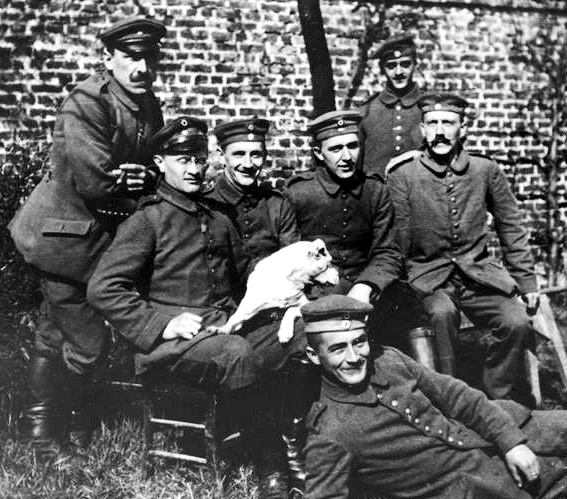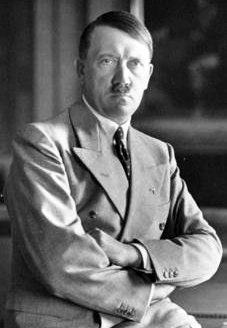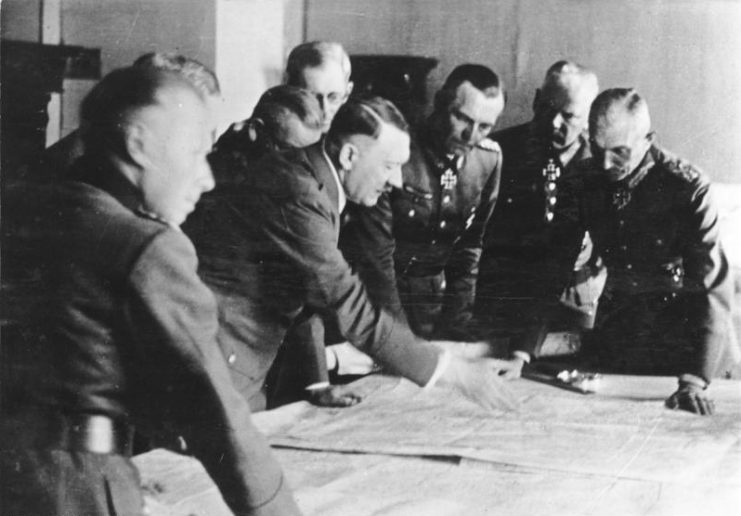Modern history might have no more darkly compelling figure, around whom myths and fantastical stories swirl, than Adolf Hitler. The reasons for this aren’t surprising. Hitler was the most corrupt and racist leader in 20th century politics.
He directly called for and then caused the extinction of millions of people. He began a world war that destroyed his country, most of mainland Europe, and parts of Great Britain.
And to everyone’s eternal frustration, he did not stand trial for his crimes, choosing instead to die by suicide on April 30, 1945. Consequently, stories of mythological proportion grew in the vacuum of unanswered questions that swirled around him.

Are any of the stories true? Or are they complete fallacies invented by the Allies, the Soviets who found his body in Berlin, and the desperate people who still clung to Hitler long after his death? Also frustrating is that the answer is “both.”

Often any tale, no matter how farfetched, has a kernel of truth that mushrooms into persistent “fact.” That is how some stubborn stories about Hitler and the Nazis manage to hang on even today, almost 80 years after his death.

One myth is that the Nazis undertook a mission to the North Pole and found a network of tunnels that led to the planet’s core. Some people believe that Hitler along with high-ranking Nazis fled to these mythical tunnels after the war’s end and escaped. Alas, the original mission had a more mundane purpose: the establishment of a whaling operation.
Germany relied on Norway for whale oil, an important resource at the time. Whale oil was used in the manufacture of everything from lipstick to soap.
The Third Reich wanted a whaling station of its own, to rid itself of the dependence on Norway for something so important. The trek did happen, but it was undertaken for quite ordinary reasons.

Another story about the leader is a more personal one – that he had a condition known as monorchism, meaning he lacked one testicle.
His detractors during his lifetime took great pleasure mocking him for this, and there was even a popular song alluding to it that was performed in nightclubs and cabarets. His doctors dismissed the notion, but his medical records from his service in World War I prove almost conclusively that he did indeed lack one testicle.
If humor resides in that bit of information, another myth is darker: that Hitler and other Nazis escaped the war’s conclusion and made their way from Berlin to South America, specifically to Argentina.
This urban legend arose because Hitler’s body was badly burned, so it was not distinguishable by well-known features like his mustache. Ultimately, dental records proved that the body found by the Soviets was indeed Adolf Hitler’s.

A common belief about Hitler is that he and his cronies practiced black magic, and again there is a kernel of truth here.
He was known to consult an astrologer regularly, and some people around him believed him to be a Messiah, sent to rescue Germany from the humiliations inflicted by the Allies in the Treaty of Versailles.
Historians agree that Heinrich Himmler took part in seances, and Rudolf Hess belonged to some questionable organizations that held questionable rituals. But they were all just mortal men with delusions of grandeur and misguided beliefs that led them down very dark roads.
They can best be described as a group of puppets, led by a deranged individual, who convinced a nation he could lead them to victory by destroying others.

Read another story from us: The Leaders of the Third Reich
We largely understand today how and why Hitler was able to convince Germans that he, and only he, could lead them to world dominance. Thanks to perspective and insight gained through the passing of time, we know that a combination of economic and societal factors led to his rise to power. Nothing mysterious or supernatural catapulted him there.
But sometimes lessons are best learned with fairy tales – or in this case, nightmares – and perhaps the myths surrounding the man are not as laughable as they appear superficially, because their scope reminds us of the evil that men can, and often will do, if circumstances allow it.
